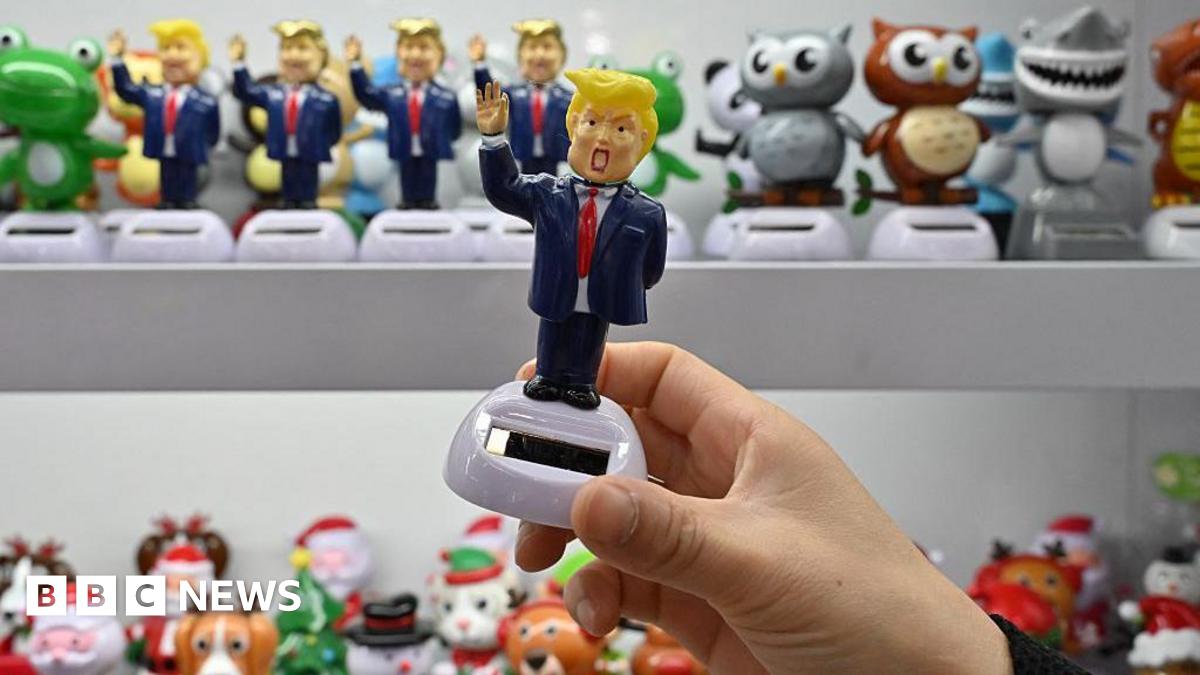China's Trade War Hand: 5 Key Cards
China's ongoing economic rivalry with the United States is a complex game of high stakes, often described as a "trade war." Understanding China's strategic approach requires analyzing the key cards it holds. While outright conflict is undesirable, understanding these cards sheds light on potential future developments and the strategies China might employ. This article will delve into five key cards in China's hand, examining their strengths and limitations.
1. The Power of its Domestic Market: A Giant Consumer Base
China boasts the world's second-largest economy and a massive consumer market. This presents a significant advantage. While tariffs and trade restrictions impact exports, China's immense internal market offers a powerful buffer. The government can focus on stimulating domestic consumption and investment to mitigate the effects of external pressures.
- Strength: Reduced reliance on exports, boosting domestic industries and creating jobs.
- Limitation: Requires effective government policies and a shift away from export-oriented growth, which may face internal challenges.
2. The Belt and Road Initiative (BRI): Expanding Global Influence
The BRI, a vast infrastructure development project spanning Asia, Africa, and Europe, represents a significant geopolitical and economic play. By investing in infrastructure and fostering trade relationships across continents, China aims to diversify its economic partnerships and reduce its dependence on Western markets.
- Strength: Diversification of trade relationships, increased global influence, and potential for long-term economic growth.
- Limitation: High financial commitments, potential for debt traps in participating countries, and geopolitical challenges in navigating diverse regional interests.
3. Technological Innovation: A Focus on Self-Reliance
Facing technological restrictions from the West, China is aggressively pursuing technological self-reliance. Massive investments in research and development, particularly in areas like artificial intelligence, 5G, and semiconductors, are aimed at reducing its reliance on foreign technology and strengthening its own technological capabilities.
- Strength: Potential to become a global technological leader in key sectors, reducing vulnerability to sanctions and trade restrictions.
- Limitation: Requires significant investment, overcoming existing technological gaps, and dealing with potential intellectual property concerns.
4. Rare Earth Minerals: A Strategic Resource Advantage
China dominates the global supply of rare earth minerals, crucial components in many high-tech products. This provides significant leverage in trade negotiations and potential for strategic pressure. Control over these resources gives China a powerful bargaining chip.
- Strength: Significant leverage in global supply chains, ability to restrict access to crucial materials.
- Limitation: Potential for retaliatory measures from other countries, including diversification of rare earth mining elsewhere.
5. Currency Manipulation: A Tool for Economic Influence
China's ability to manage its currency, the Renminbi (RMB), offers another tool in its economic arsenal. While accusations of currency manipulation are frequent, the ability to influence the RMB's value can impact trade balances and exert pressure in international markets.
- Strength: Ability to influence export competitiveness and manage trade flows.
- Limitation: Potential for triggering international disputes and accusations of unfair trade practices, potentially leading to countermeasures.
Conclusion: Navigating a Complex Landscape
China's approach to the ongoing economic rivalry is multifaceted. These five cards represent significant strengths, but they also come with limitations and potential risks. The effectiveness of China's strategies will depend on its ability to navigate complex geopolitical challenges, manage domestic economic shifts, and foster sustainable growth both within its borders and through its global partnerships. The future of this ongoing economic competition remains dynamic and warrants continuous observation. Understanding these key cards provides a crucial lens through which to analyze future developments.

